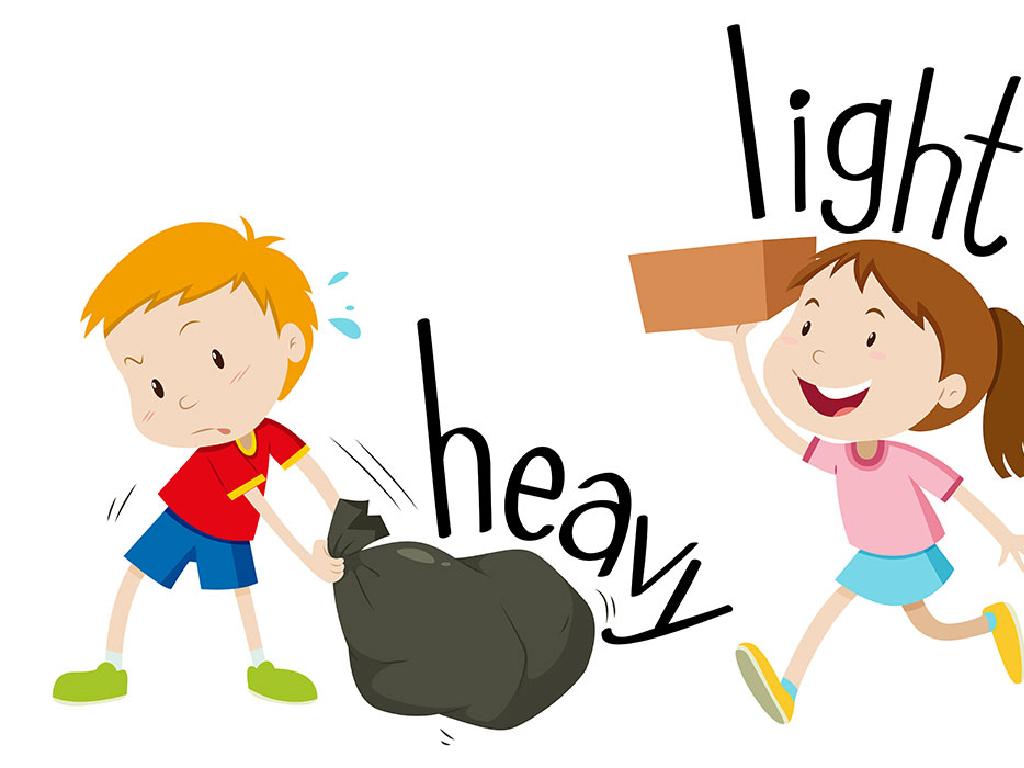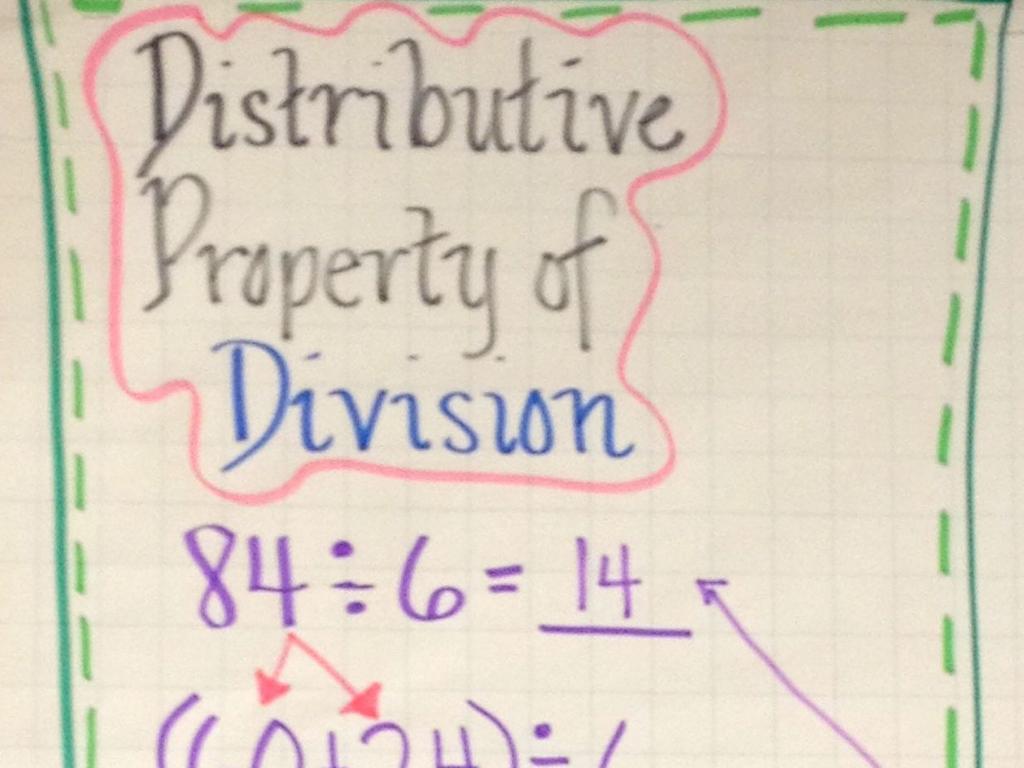Benchmark Fractions
Subject: Math
Grade: Fourth grade
Topic: Compare And Order Fractions
Please LOG IN to download the presentation. Access is available to registered users only.
View More Content
Welcome to Benchmark Fractions!
– Understanding basic fractions
– Fractions represent parts of a whole
– Exploring benchmark fractions
– Benchmarks are common fractions like 1/2, 1/4, 3/4
– Importance of benchmark fractions
– They help us estimate and compare other fractions
– Using benchmarks to compare
– Example: Is 3/8 closer to 1/4 or 1/2?
|
This slide introduces the concept of benchmark fractions, which are standard fractions that students can use to compare and estimate other fractions. Begin by ensuring that students have a solid understanding of basic fractions and how they represent parts of a whole. Then, introduce benchmark fractions such as 1/2, 1/4, and 3/4, which are commonly used reference points. Explain why these benchmarks are important: they make it easier to estimate and compare the size of other fractions without calculating the exact value. For instance, if students know that 1/2 is a benchmark, they can determine that 3/8 is closer to 1/2 than to 1/4, helping them order and compare fractions more intuitively. Encourage students to think of other benchmarks and how they might use them in everyday situations.
Understanding Fractions
– A fraction represents part of a whole
– Like a slice of pizza is a part of a whole pizza
– Numerator and denominator explained
– Top number (numerator) is the part you have, bottom number (denominator) is the total parts
– Examples: 1/2, 3/4, 5/8
– 1/2 is half, 3/4 is three quarters, 5/8 is five eighths
|
Begin by explaining that a fraction is a way to represent a part of a whole, similar to how a slice of pizza is just a part of the entire pizza. Clarify the terms numerator and denominator, where the numerator (top number) indicates how many parts we’re talking about, and the denominator (bottom number) shows how many of those parts make up a whole. Use common examples like 1/2, 3/4, and 5/8 to illustrate different fractions. Encourage students to think of other examples of fractions they encounter in everyday life, such as cutting an apple into four pieces and eating one piece (1/4).
Identifying Benchmark Fractions
– Common benchmark fractions
– Fractions like 1/4, 1/2, 3/4 are benchmarks
– Spotting them on a number line
– Look for 0, 1/4, 1/2, 3/4, and 1 on the line
– Using benchmarks to estimate
– Estimate other fractions by comparing
– Practice with examples
– Let’s estimate 3/8 by comparing to 1/4 and 1/2
|
Benchmark fractions are commonly used fractions that students can use as reference points to help compare and estimate other fractions. They are typically easy to visualize and are often found on a number line. Teach students to identify these benchmarks on a number line and use them to make estimations about the size of other fractions. For example, if a student knows where 1/4 and 1/2 are on a number line, they can estimate that 3/8 is between these two benchmarks. Encourage students to practice with different examples and to explain their thinking process when making estimations.
Comparing Fractions with Benchmarks
– Understand benchmark fractions
– Benchmarks like 1/2 help us compare fractions
– Compare 2/3 and 1/2 using benchmarks
– Is 2/3 more than 1/2? Yes, because 2/3 is closer to a whole
– Practice comparing 3/8 and 1/2
– Which is larger, 3/8 or 1/2? 1/2 is greater because 3/8 is less than 4/8
– Learn to decide which fraction is greater
|
This slide introduces students to the concept of benchmark fractions, which are common fractions that can be used to estimate and compare other fractions. Start by explaining that benchmarks like 1/2 can serve as a reference point. For example, since 2/3 is more than 1/2, it is closer to a whole, making it larger than 1/2. Then, guide students through practice problems, such as comparing 3/8 and 1/2, by visualizing where these fractions would fall on a number line in relation to the benchmark fraction. Encourage students to think of the benchmark 1/2 as the middle point between 0 and 1 to determine which fractions are greater or less than the benchmark.
Ordering Fractions with Benchmarks
– Arrange fractions small to large
– Use benchmarks to compare
– Benchmarks like 0, 1/2, and 1 help us compare
– Activity: Order given fractions
– Put 1/3, 3/4, 1/2, 2/5 in order from least to greatest
|
This slide introduces students to the concept of ordering fractions by size. Start by explaining how to arrange fractions from the smallest to the largest. Introduce benchmark fractions such as 0, 1/2, and 1 as reference points to compare other fractions. For the activity, guide students to use these benchmarks to determine the order of the given fractions. Encourage them to think about where each fraction fits relative to 1/2, as it’s a common benchmark. For example, 1/3 and 2/5 are less than 1/2, while 3/4 is more. The correct order is 1/3, 2/5, 1/2, 3/4. Provide additional examples if time allows and encourage students to explain their reasoning.
Benchmark Fractions in Real Life
– Understanding benchmark fractions
– Fractions in cooking and measuring
– Like 1/2 cup of sugar or 1/4 teaspoon of salt
– Using fractions while shopping
– Finding 1/2 of a dollar amount or 3/4 of a pound of fruit
– Discussion on fractions in daily life
– Share experiences of using fractions at home or in stores
|
This slide aims to show students how benchmark fractions are applied in everyday scenarios, such as cooking, where recipes often call for half or quarter measurements. In shopping, fractions are used to determine prices and quantities. Encourage students to think about and discuss times they have encountered fractions outside of school. This could include helping in the kitchen, dividing snacks, or even during playtime. The discussion will help students realize the practical importance of understanding fractions and how they are a part of daily life. It will also reinforce the concept that math is not just for the classroom but is a useful tool for solving real-world problems.
Class Activity: Fraction Scavenger Hunt
– Find classroom objects as fractions
– Work in groups to list items
– Match objects to benchmark fractions
– Examples: 1/2 a pair of scissors, 1/4 of a window
– Share findings with the class
|
This interactive activity is designed to help students visualize and understand benchmark fractions by finding real-life examples in the classroom. Divide the class into small groups and instruct them to search for objects that can represent common benchmark fractions such as 1/2, 1/4, and 3/4. They should list these items and the corresponding fraction they represent. After the scavenger hunt, each group will present their findings, fostering a discussion on how fractions are part of everyday objects and situations. Possible variations of the activity could include finding fractions in a magazine picture, using food items like a pizza or a pie, or even drawing representations of fractions.
Conclusion & Review: Benchmark Fractions
– Recap of benchmark fractions
– Understanding their usefulness
– They help compare and estimate other fractions easily
– Time for questions and answers
– Ask any doubts or questions you have about benchmark fractions
– Review key points together
|
As we conclude today’s lesson on benchmark fractions, it’s important to review the key concepts. Benchmark fractions are standard fractions that we can use to compare and estimate other fractions. They are like reference points that help us understand the size of other fractions. For example, knowing that 1/2 is a benchmark can help us quickly see that 3/4 is larger because it’s more than half. Encourage students to ask questions to clarify their understanding. Use this time to address any confusion and to reinforce the importance of benchmark fractions in everyday math. Review the main points of the lesson, ensuring that students can identify, compare, and use benchmark fractions effectively.






